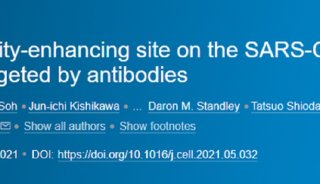Cell Cycle: G1/S Check Point

The G1/S cell cycle checkpoint controls the passage of eukaryotic cells from the first 'gap' phase (G1) into the DNA synthesis phase (S). Two cell cycle kinases, CDK4/6-cyclin D and CDK2-cyclin E, and the transcription complex that includes Rb and E2F are pivotal in controlling this checkpoint. During G1 phase, the Rb-HDAC repressor complex binds to the E2F-DP1 transcription factors, inhibiting the downstream transcription. Phosphorylation of Rb by CDK4/6 and CDK2 dissociates the Rb-repressor complex, permitting transcription of S-phase genes encoding for proteins that amplify the G1 to S phase switch and that are required for DNA replication. Many different stimuli exert checkpoint control including TGFb, DNA damage, contact inhibition, replicative senescence, and growth factor withdrawal. The first four act by inducing members of the INK4 or Kip/Cip families of cell cycle kinase inhibitors. TGFb additionally inhibits the transcription of Cdc25A, a phosphatase that activates the cell cycle kinases. Growth factor withdrawal activates GSK3b, which phosphorylates cyclin D, leading to its rapid ubiquitination and proteosomal degradation. Ubiquitination, nuclear export, and degradation are mechanisms commonly used to rapidly reduce the concentration of cell-cycle control proteins.
Contributor: Cell Signaling Technology











